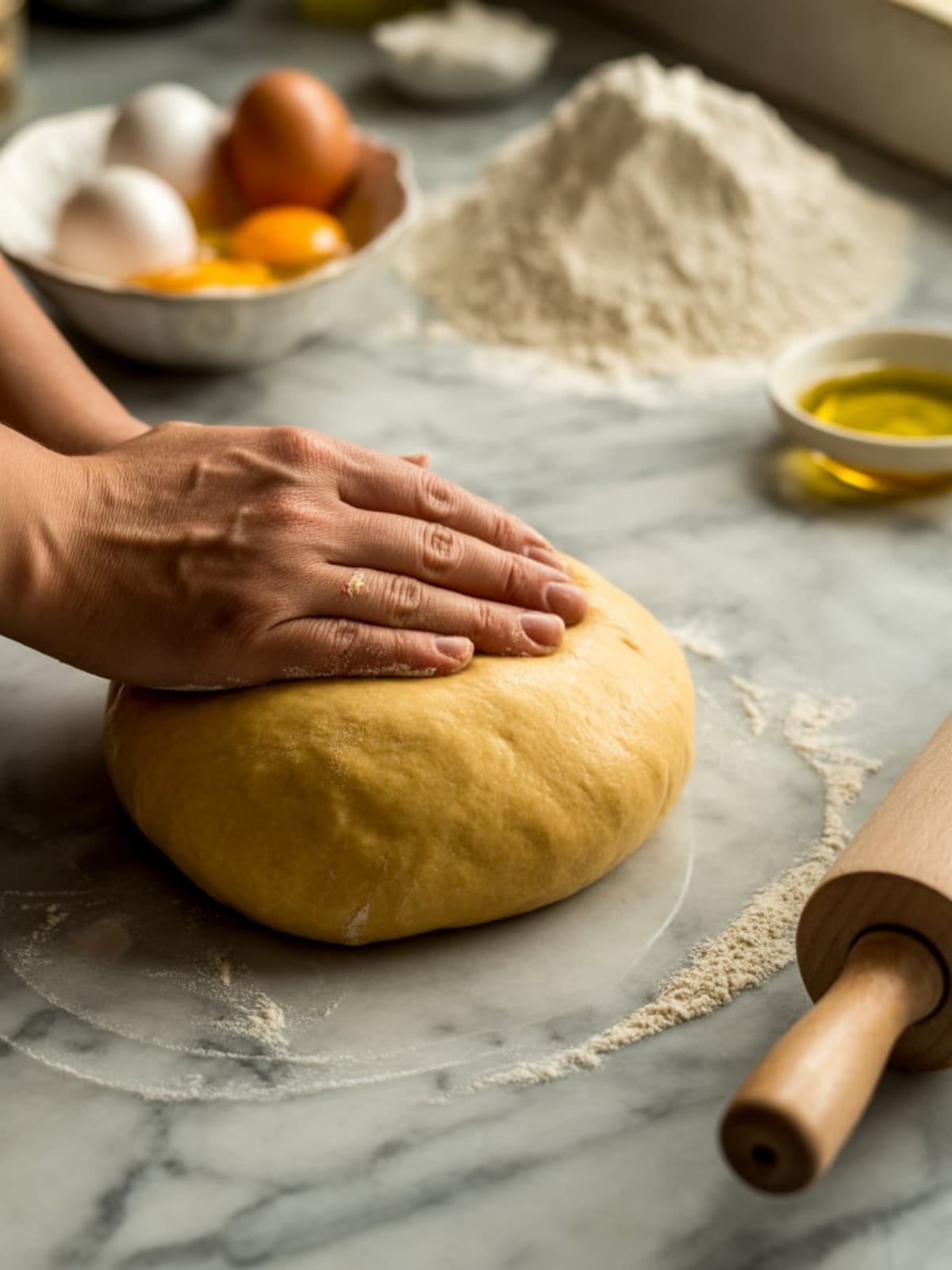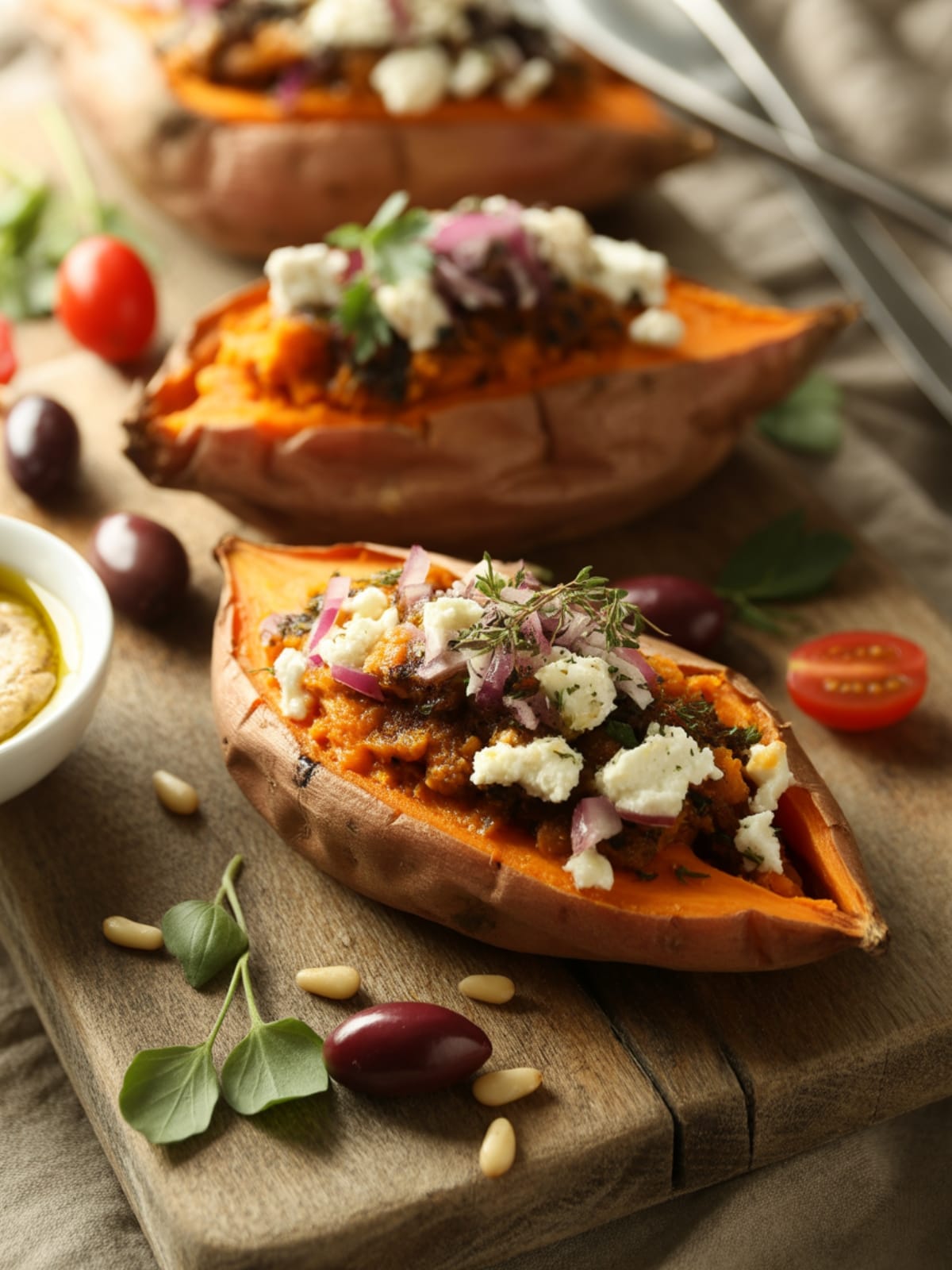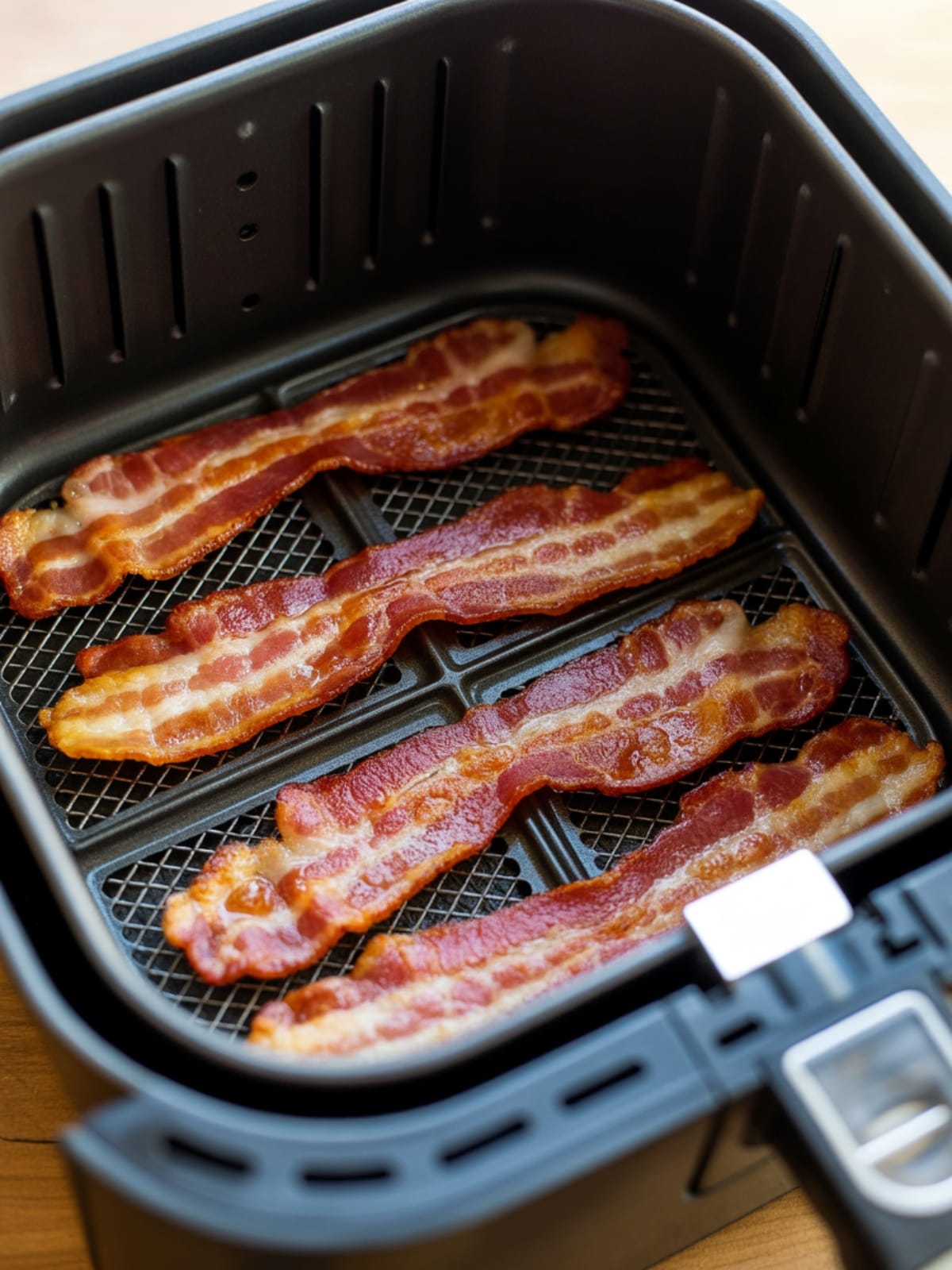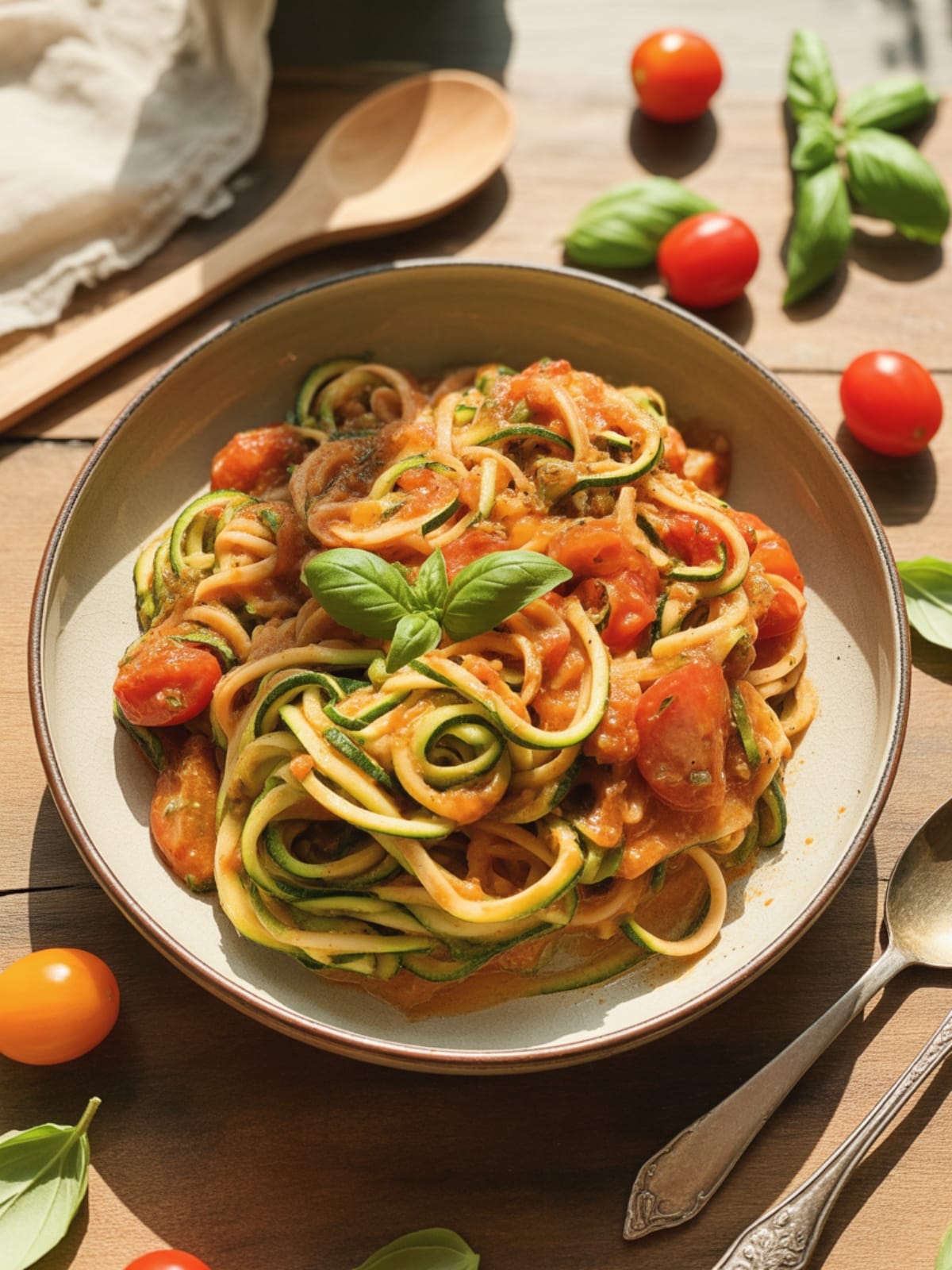There’s something truly magical about the first time you transform simple flour and eggs into silky, pliable pasta dough. The transformation is immediate and rewarding—one minute you have scattered ingredients, and the next, a smooth golden ball of possibility. I still remember my first attempt, standing in my tiny apartment kitchen, flour dusting every surface, but that first bite of fresh fettuccine made it all worthwhile.
Why This Recipe is Awesome

Making homemade pasta dough isn’t just cooking—it’s a small culinary revelation.
Unlike store-bought pasta, which certainly has its place, fresh pasta offers a tender, delicate texture and absorbs sauces in a way that dried versions simply can’t match.
This recipe strips pasta-making down to its essential elements—just flour, eggs, olive oil, and salt. It’s the same technique Italian nonnas have used for generations, proving that sometimes the simplest approaches yield the most spectacular results.
The versatility is where this recipe truly shines. Once you master this dough, you’ve unlocked endless possibilities: delicate ravioli, perfect pappardelle, or classic fettuccine—all from the same foundation.
It’s like learning one magic trick that can be performed a hundred different ways.
Equipment needed: Large cutting board or clean counter surface, fork, bench scraper, pasta machine or rolling pin, knife

Homemade Pasta Dough
Ingredients
- 2 cups 300g all-purpose flour, plus extra for dusting
- 3 large eggs room temperature
- 1 tablespoon olive oil
- ½ teaspoon salt
- 1-2 tablespoons water only if needed
Instructions
- Create a flour well on your work surface. Pour the flour onto a large cutting board or clean counter and make a well in the center large enough to hold the eggs. Add the salt to the flour.
- Add eggs and oil to the well. Crack the eggs into the well and add the olive oil. Using a fork, gently beat the eggs and oil together, keeping them contained within the flour walls.
- Gradually incorporate flour into the egg mixture. Begin to pull in flour from the inner walls of your well, maintaining the well’s structure as long as possible while mixing. Continue until the mixture becomes too thick for the fork.
- Start kneading with your hands. When the dough becomes too thick to mix with a fork, use your hands to incorporate the remaining flour. If the dough feels too dry, add water a few drops at a time.
- Knead the dough for 8-10 minutes until smooth. Push the dough away with the heel of your hand, fold it back toward you, rotate a quarter turn, and repeat. The dough is ready when it’s smooth, elastic, and no longer sticky.
- Let the dough rest. Form the dough into a ball, wrap it tightly in plastic wrap or place it under an inverted bowl, and let it rest at room temperature for at least 30 minutes (or up to 2 hours).
- Divide and roll the dough. After resting, cut the dough into 4-6 portions. Keep unused portions covered to prevent drying. Flatten each piece slightly with your palm before passing through a pasta machine or rolling by hand.
- Shape your pasta as desired. Whether you’re making fettuccine, ravioli, or lasagna sheets, cut or shape your rolled dough according to your recipe needs. Fresh pasta cooks very quickly—usually in just 2-3 minutes in boiling water.
Notes
- The dough should feel smooth and slightly tacky but not sticky. If it’s too dry, add a few drops of water; if too sticky, dust with small amounts of flour.
- You can make this dough up to 24 hours in advance—just wrap it tightly and refrigerate. Bring to room temperature before rolling.
- For a richer pasta, substitute one whole egg with two egg yolks.
- When rolling by hand without a pasta machine, aim for paper-thin transparency—you should be able to see your hand through the sheet.
- Fresh pasta freezes beautifully. Freeze shaped pasta on a floured baking sheet, then transfer to freezer bags once solid.
Calories & Nutritional Info
- Calories: Approximately 200-220 calories per 2oz serving (dry weight)
- Macronutrients: 7g protein, 40g carbohydrates, 3g fat per serving
- Contains gluten (from flour) and eggs
- Suitable for vegetarians but not vegans
- Low in sodium if no additional salt is added to cooking water
Common Mistakes to Avoid
- Using cold eggs – Room temperature eggs incorporate more easily into the flour.
- Skipping the resting period – This crucial step allows the gluten to relax, making the dough more pliable and easier to roll out.
- Adding too much water – The eggs typically provide enough moisture; only add drops of water if absolutely necessary.
- Rolling the dough too thick – Fresh pasta should be rolled very thin as it will swell when cooked.
- Forgetting to flour the pasta – Lightly dust your cut pasta with flour to prevent sticking, especially if not cooking immediately.
Alternatives & Substitutions
- Flour varieties: Try “00” flour for a silkier texture, semolina flour for more bite, or a 50/50 blend of both for the best of both worlds.
- Gluten-free option: Substitute a good quality gluten-free flour blend plus ½ teaspoon xanthan gum—note that the dough may be more fragile.
- Whole wheat variation: Replace up to 50% of the all-purpose flour with whole wheat flour for a nuttier flavor and more fiber.
- Color and flavor additions: Add 1-2 tablespoons of pureed spinach, beet, squid ink, or herbs to the dough for colored pasta varieties.
- Eggless variation: Substitute the eggs with 1/2 cup warm water and 1 additional tablespoon olive oil—the texture will be different but still workable.
FAQs
Why is my pasta dough cracking when I roll it?
Cracking usually means your dough is too dry. Mist your hands with water and knead the moisture into the dough, then let it rest again for 10 minutes before trying to roll it out again.
Can I make pasta dough in a food processor?
Absolutely! Pulse the flour and salt, then add the eggs and oil and process until the dough forms a ball. You’ll still need to knead it by hand for 1-2 minutes afterward to develop proper elasticity.
How do I know when my pasta is properly kneaded?
Well-kneaded dough should be smooth, elastic, and bounce back slightly when poked with a finger. A perfect test: cut the dough with a knife—if you see few air bubbles and a uniform texture, it’s ready.
Do I need a pasta machine to make homemade pasta?
No, though it makes the job easier. A rolling pin works perfectly fine—just be patient and roll the dough as thin as possible, ideally until you can see your hand through it.
How long does fresh pasta take to cook?
Fresh pasta cooks incredibly quickly—usually 2-3 minutes in boiling water. It’s ready when it floats to the surface and has a tender but slight resistance when bitten (al dente).
Final Thoughts
Making homemade pasta dough is one of those kitchen skills that feels like an achievement every single time. There’s something deeply satisfying about creating something so fundamental from scratch. Even if your first attempt isn’t perfect, each batch gets better, and the process itself becomes a joy. So flour your hands, embrace the mess, and enjoy the delicious rewards of your efforts!






